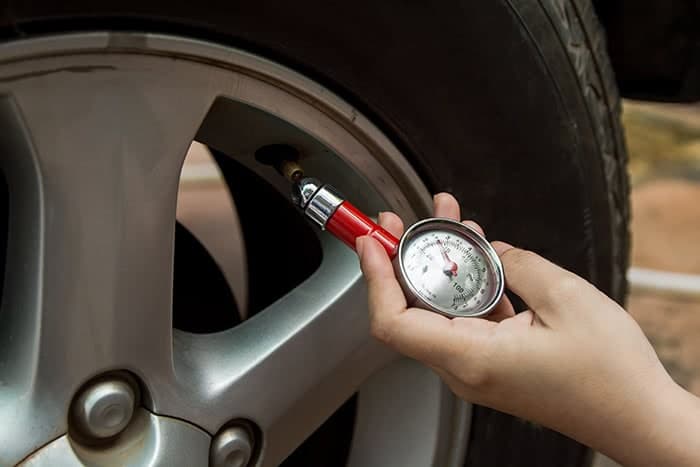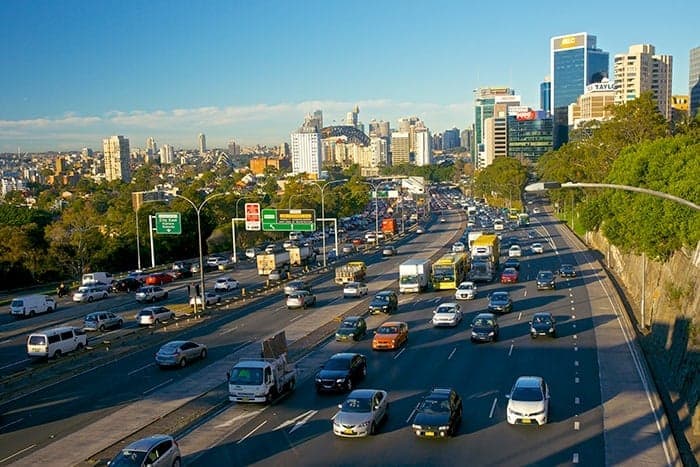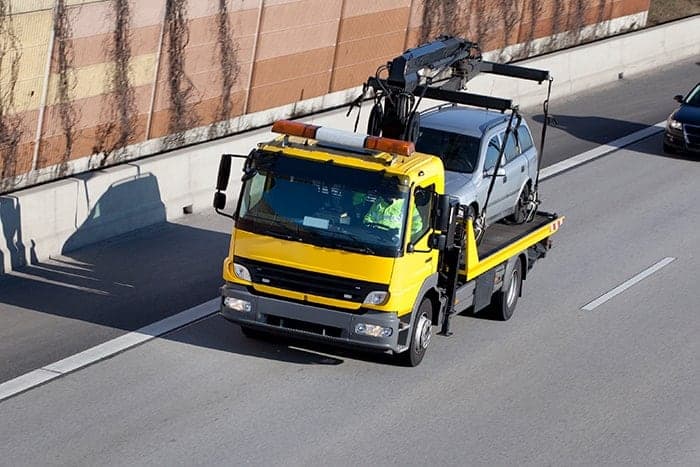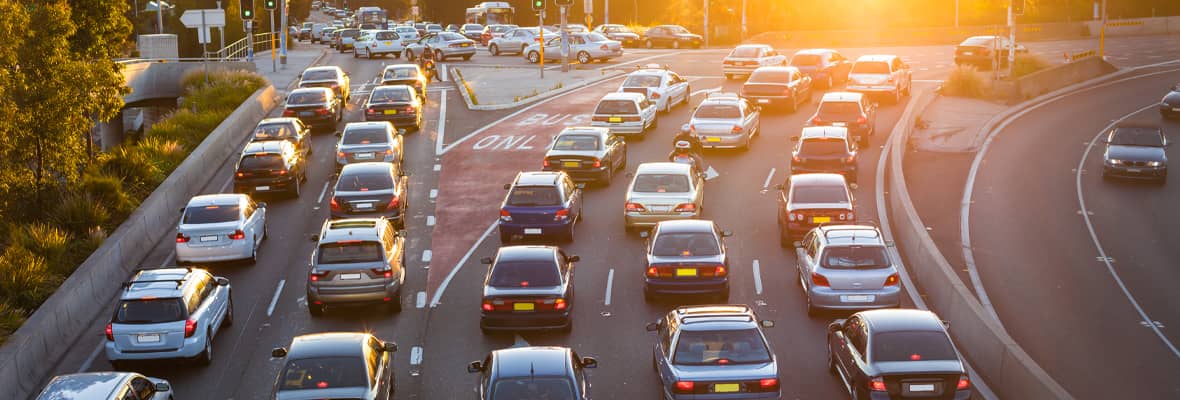Related articles
- How to change a car tyre
- Car maintenance and servicing checklists
- Broken Down Car? Here’s What To Do
- How to change a car battery
- 16 things to put in a car emergency kit
- Roadside Assistance Buying Guide
- How to get your car unstuck from mud or sand
- Australia Day road trips survey 2021
- Best road trips Australia
- Roadside Assistance Survey and Statistics 2024
- Tips for maintaining your car while not in use
- Warning signs your car might break down soon
- How to check and add oil to your car
- Tyre health survey 2020
- How to get the ideal tyre pressure for your car
- How to transport your bike by car
- Common Roadside Callouts 2025
- Family Road Trips Survey and Statistics 2024
- Road Trip Planner Australia
- When should I get my brake pads replaced?
- How to Check Tyre Tread
- How Often Should You Get Your Car Serviced?
If your car blows a tyre, makes strange clunking noises, overheats or flashes warning lights, it’s never a good thing. But when it does these things on a major highway, arterial road or jam-packed freeway, it can add to your stress.
Having your vehicle conk out on a quiet suburban street is one thing; having it happen on a busy road as heavy traffic zooms past poses a whole new level of difficulty and danger.
Knowing what to do in these situations can mean the difference between life and death – for you, your car’s occupants and anyone else using the road, including those attempting to assist you.
If you’re a member of Budget Direct Roadside Assistance, you can be assured our roadside contractors are accustomed to rescuing motorists broken down in precarious places.
Prevention is the key
A breakdown can happen for many reasons but according to the AA, the 4 most common causes of vehicle failure on the roads are:
Flat (or faulty) battery

Car batteries have a finite life span and eventually give up the ghost, often under the least convenient circumstances. If you drive only short distances, your engine may not have enough time to properly recharge the battery. Bad clamp connections and corroded terminals are also common issues with batteries.
Proactively testing your car battery twice a year will help reduce the chances of its failure — your local mechanic may offer a simple battery test.
If your car battery dies and you decide to change it yourself, read our guide to replacing a car battery.
Flat (or damaged) tyres

Regularly check the pressure and tread of your tyres, avoid debris on the road and it pays not to wait until your tyres are bald before you consider buying new ones. If they’re bald, you’re gambling with your safety (and the police can fine you).
You can prepare for flat tyres by reading our guide to changing a car tyre.
Alternator faults
If your alternator is failing, you’ll usually get a red warning light on the dashboard. Quick loss of battery power (e.g. dimming headlights) and rising engine temperatures are also symptoms that you may have alternator issues. As well as having regular services to get your alternator checked, if the red warning light appears, it’s well worth getting your alternator checked as soon as possible.
Fuel management

It’s amazing how many people put the wrong fuel in their cars. There are also far too many drivers playing the ‘just a bit further’ game when their petrol gauge is hovering perilously near empty. Running out of fuel at peak hour on the expressway is no fun for you or anyone sharing the road with you — and it’s totally preventable.
The best antidote to breakdowns is proper maintenance: if vehicle fluid levels are topped up, batteries and tyres are kept in good nick and the car receives regular servicing by a professional, your rate of breakdowns will be greatly reduced. You should always carry an emergency kit in your car as well.
When a highway breakdown happens to you
Having the optimal reaction to a breakdown on a busy road can keep you (and others) safe, reduce inconvenience to other motorists and speed up the process of getting assistance. If your car has an obvious problem, look for an emergency lane to pull into so you can stop more safely. If there’s no alternative, pull over onto the hard shoulder, parking as far to the left as safely possible.
If your car has slowed well below the speed of other traffic, turn on your hazard lights to warn other drivers. When stopped, put the parking brake on and point your wheels away from the road so your car won’t roll into traffic if it’s struck from behind. In poor light, leave your headlights (and/or dome light) on to increase visibility.
To exit or not to exit the vehicle

If you’ve managed to park in a reasonably safe spot well out of the traffic, your best bet is to stay inside the vehicle with your seatbelt fastened and your doors and windows locked until the help you’ve called arrives. Ask yourself if there is any solid reason to leave the vehicle. If you do decide to get out, only do so if it’s safe and you have checked carefully for oncoming traffic.
If you have a high visibility vest in your car (which is a worthwhile investment), put it on. If possible, exit from the passenger (non-traffic) side. If it’s not safe to exit, stay put. Never try to cross a busy road on foot – it’s not worth the risk.
If you have left the vehicle, make sure you stand behind any safety barriers and as far away from the road as possible. Never stand or move between cars, behind cars or anywhere near moving traffic on a busy motorway – approaching drivers may be going 100 kph, which means they’ll have very little time to react to the sudden appearance of your breakdown situation.[i]
Who to call if you break down

Use your mobile phone to call for help – but wait until you’re fully stopped safely off the side of the road and as far away from traffic as possible.
If you don’t have a mobile phone and if possible, stop near an emergency roadside telephone. These are spaced along many freeways and connect you directly to an operator who knows your location and can assist you further.
Who you decide to ring for help will depend on your location and the situation. In a dire emergency, ring 000 immediately. If your predicament is the result of an accident, you may need to call the police, a tow-truck operator and/or your insurance company.
If you’ve broken down due to a punctured tyre, flat battery or empty fuel tank, for example, you can call for roadside assistance.
Budget Direct Roadside Assistance costs just $89.95 per year — the equivalent of $1.75 per week. Members are entitled to unlimited callouts§ 24/7 anywhere in Australia.
Even if you’re not member, you can get immediate roadside assistance.
Sources
Terms and conditions
§ Subject to our fair use policy, which is explained in our terms and conditions.
Related articles
- How to change a car tyre
- Car maintenance and servicing checklists
- Broken Down Car? Here’s What To Do
- How to change a car battery
- 16 things to put in a car emergency kit
- Roadside Assistance Buying Guide
- How to get your car unstuck from mud or sand
- Australia Day road trips survey 2021
- Best road trips Australia
- Roadside Assistance Survey and Statistics 2024
- Tips for maintaining your car while not in use
- Warning signs your car might break down soon
- How to check and add oil to your car
- Tyre health survey 2020
- How to get the ideal tyre pressure for your car
- How to transport your bike by car
- Common Roadside Callouts 2025
- Family Road Trips Survey and Statistics 2024
- Road Trip Planner Australia
- When should I get my brake pads replaced?
- How to Check Tyre Tread
- How Often Should You Get Your Car Serviced?



